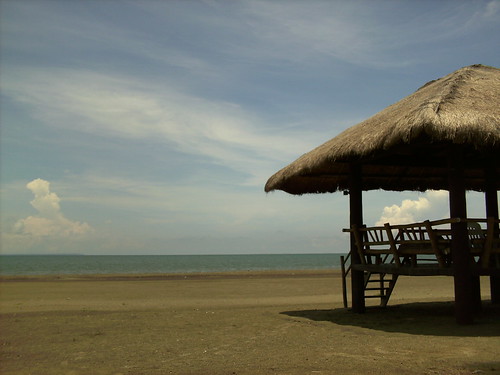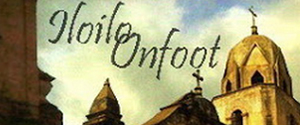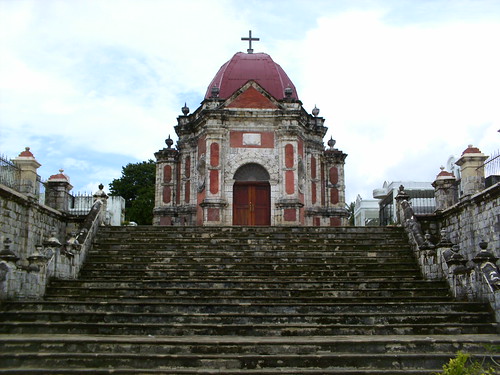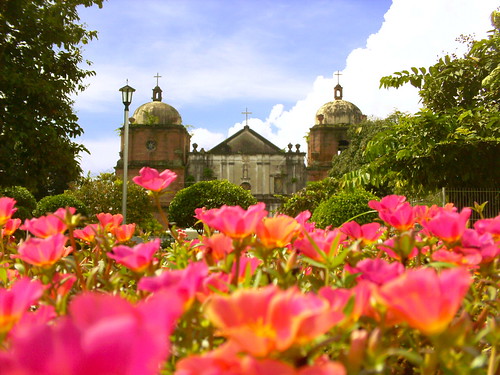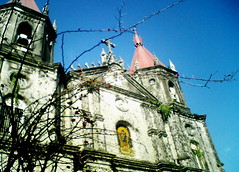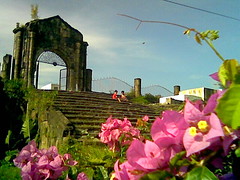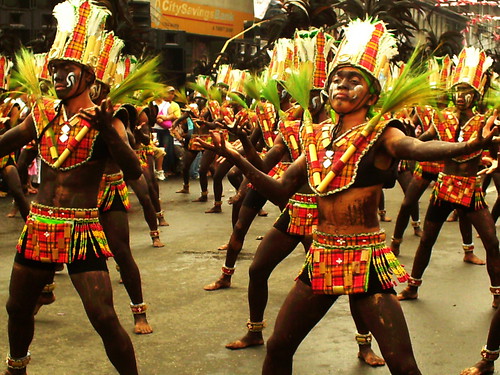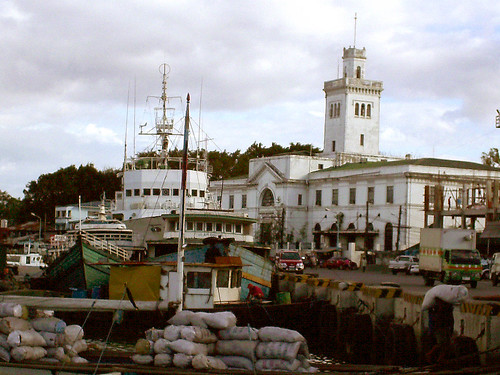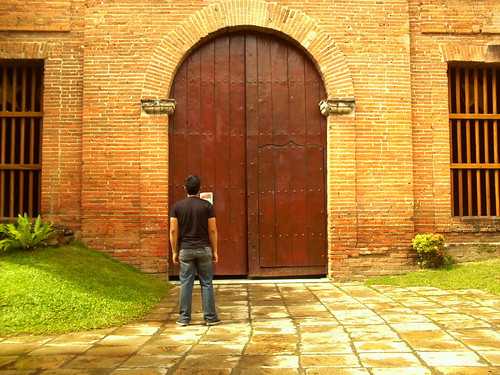 Energy soars as the thundering roars of drums and cheers of 'Hala Biras' filled the street of Iloilo... It's Dinagyang.... The Best Tourism Event there is in the Philippines...
Energy soars as the thundering roars of drums and cheers of 'Hala Biras' filled the street of Iloilo... It's Dinagyang.... The Best Tourism Event there is in the Philippines...Dinagyang is considered as Iloilo's most prominent tourist magnet. Aside from the province's Centuries old Historic Churches, local delicacies, ancestral buildings and friendly people, Iloilo is also known to be one of the Philippines' festival Countries. Iloilo's Dinagyang, Like Cebu's Sinulog and Kalibo's Ati-atihan is a showcase of the unique mixture of the Iloilo's Hispanic and Native Culture. Stories of the past and of how the city became dedicated to Christianity is expressed by dances and ancient music of drums and lyres. Each warrior-dancers stomp their feet and cheer "Viva Senior Santo Nino" that means Long Live the Child Jesus and "Hala Bira" meaning Keep it going or Come On.
And who made it big this year?
Champion: Tribu Paghidaet of La Paz National high School
1st: Tribu Bola-Bola of Iloilo National High School
2nd: Tribu Ilonganon of Jlandoni National High School
3rd: Tribu Silak of Molo National High School
4th: Tribu Himal-us from the province of Guimaras
The streets of Iloilo were filled with a great number of spectators both local and foreign. Aside from the Festival itself, many activities await guests and tourists... the city teems with life and vibrant colors. So If you missed Dinagyang this year...There will always be next year... And expect that Dinagyang well be even much better than how it has been the year before so you should totally come back again and again and again as if it was first time.
Happy Dinagyang Season!!!



